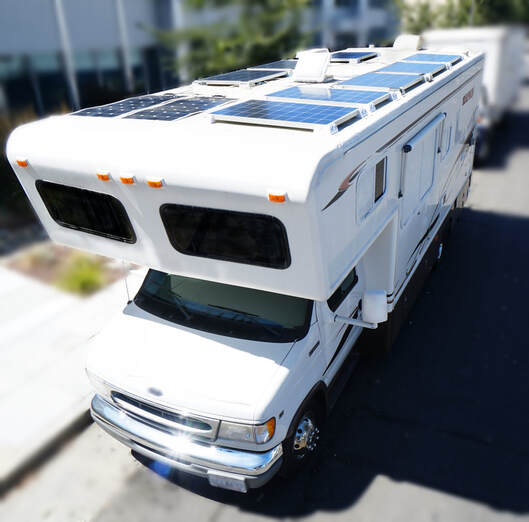pterrydactyl
New Member
The link below is to a “kit” that they are selling. I’m a complete novice and want to add this “kit” to my travel trailer. My watt useage audit indicates this is more than adequate for my drycamping use for 3-4 days. I would add either two 12 volt 100 amp batteries or one 200 amp Lifepo battery. What say you? (I am not affiliated with anyone or advertising for them.)

 www.renogy.com
www.renogy.com

New 400 Watt 12 Volt Solar Premium Kit W/MPPT or REGO Solar Charge Controller
4* 100W Eclipse Monocrystalline Solar Panels totaling 400 Watt, 1* 40 Amp MPPT Charge Controller, 2* 20' Solar Extension Cables, 1* Solar Adapter Kit 9'' in length, and 4 Sets of Z brackets for Mounting
 www.renogy.com
www.renogy.com



